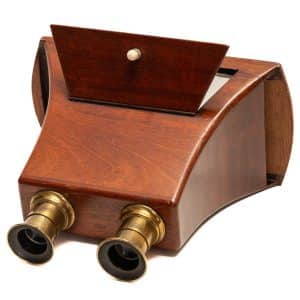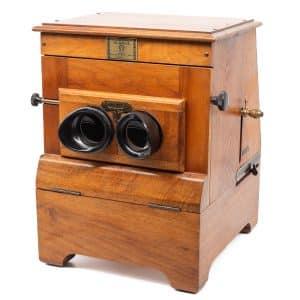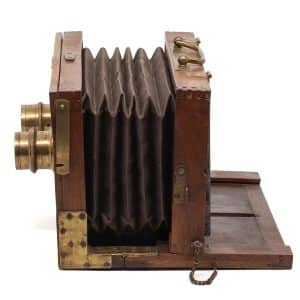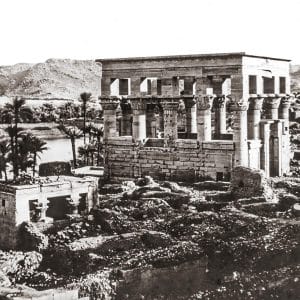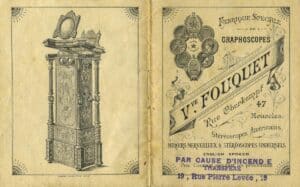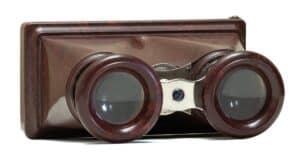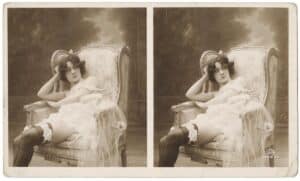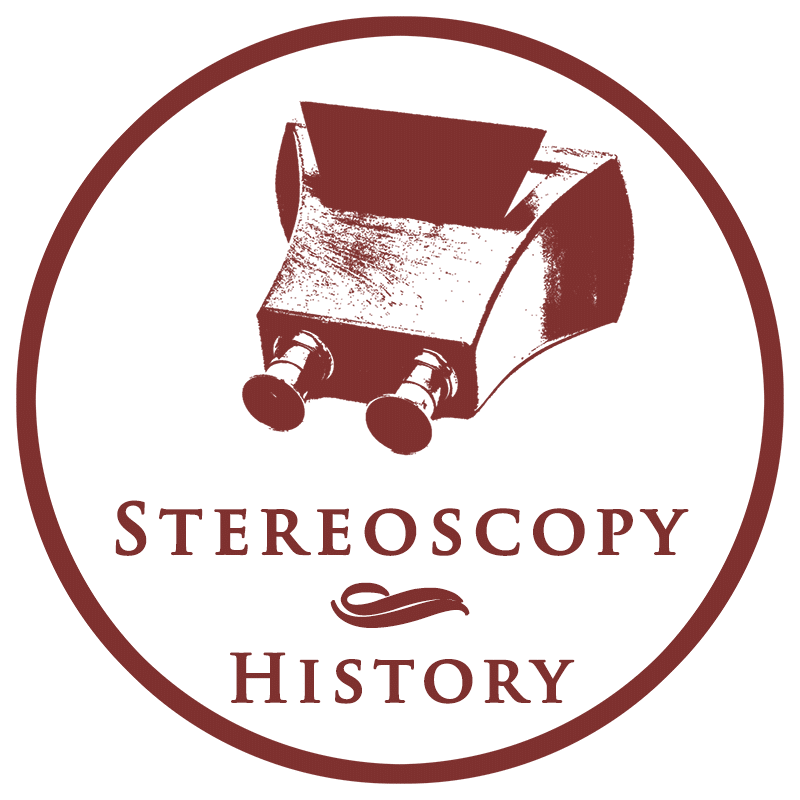
Stereoscopy History
Stereoscopy is a technique to create the illusion or perception of depth when viewing stereoscopic images. Today we call it 3D, but the concept is more than 175 years old. After the presentation of the first stereoscope by Charles Wheatstone in 1838, stereoscopy experienced two popularity waves before the Second World War.
The Stereoscopy History website shares a collection of stereoscopes, stereo cameras, stereoviews and other related items from the period 1850 to 1930.
Latest updates
- Stéréoscope à foyer longThe Stéréoscope à foyer long is fitted with long focus lenses.
- FouquetThe Fouquet company had a long history and was founded in 1834.
- Stéréoscope en IvorineA compact hand-held stereoscope for glass stereoviews.
- Mon Cher MartinStereoview with a handwritten message to the back.
- Mattey branded stereoscopeA hand-held Mattey branded stereoscope.
- Glyphoscope Modèle 3The Glyphoscope Modèle 3 is a simple camera that can also serve as a stereoscope.
